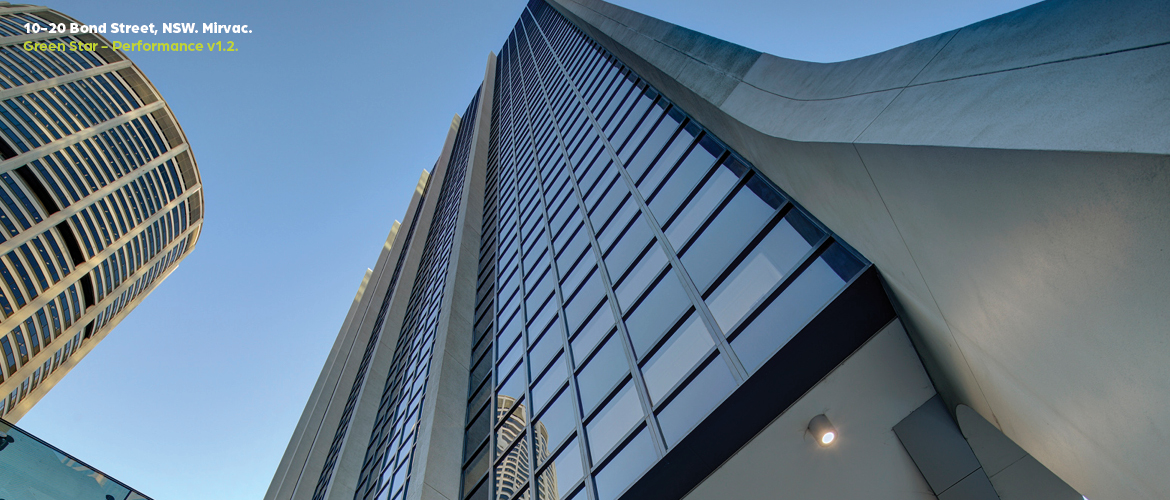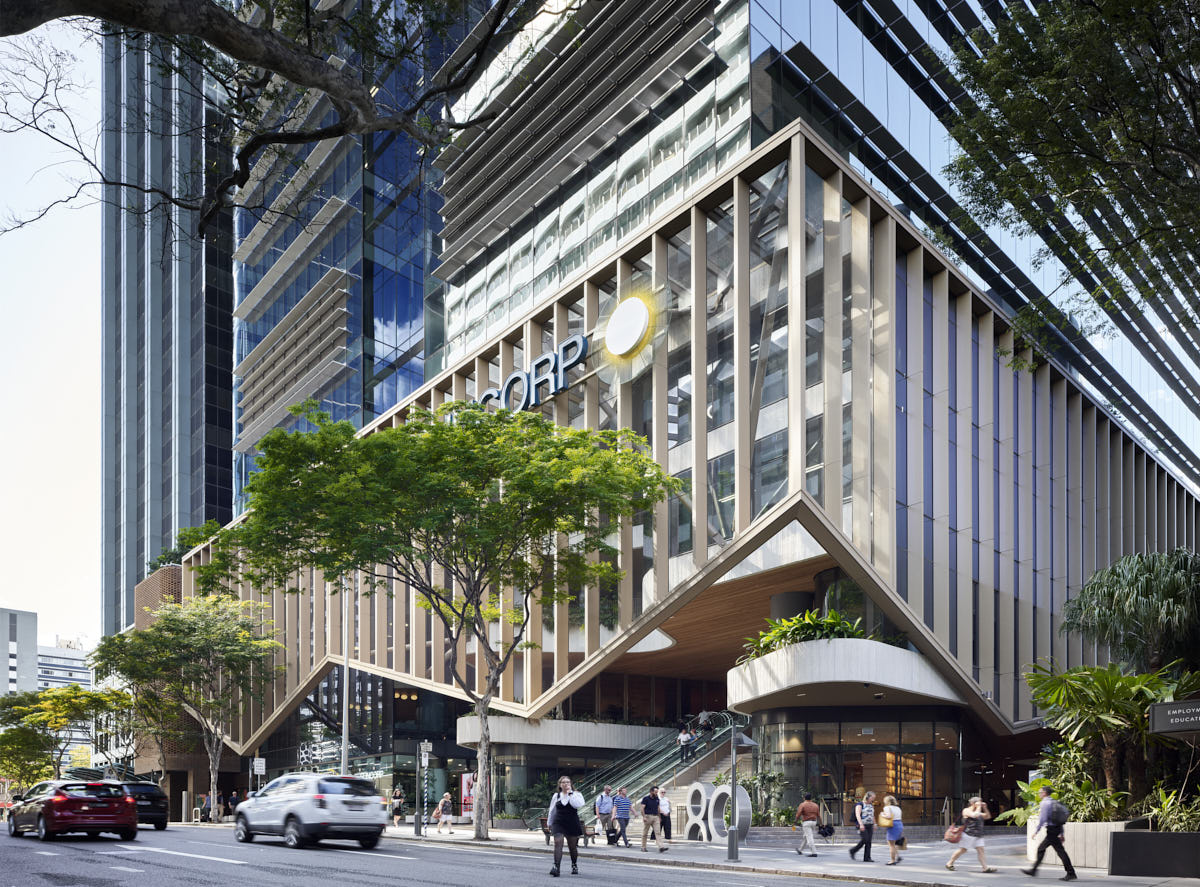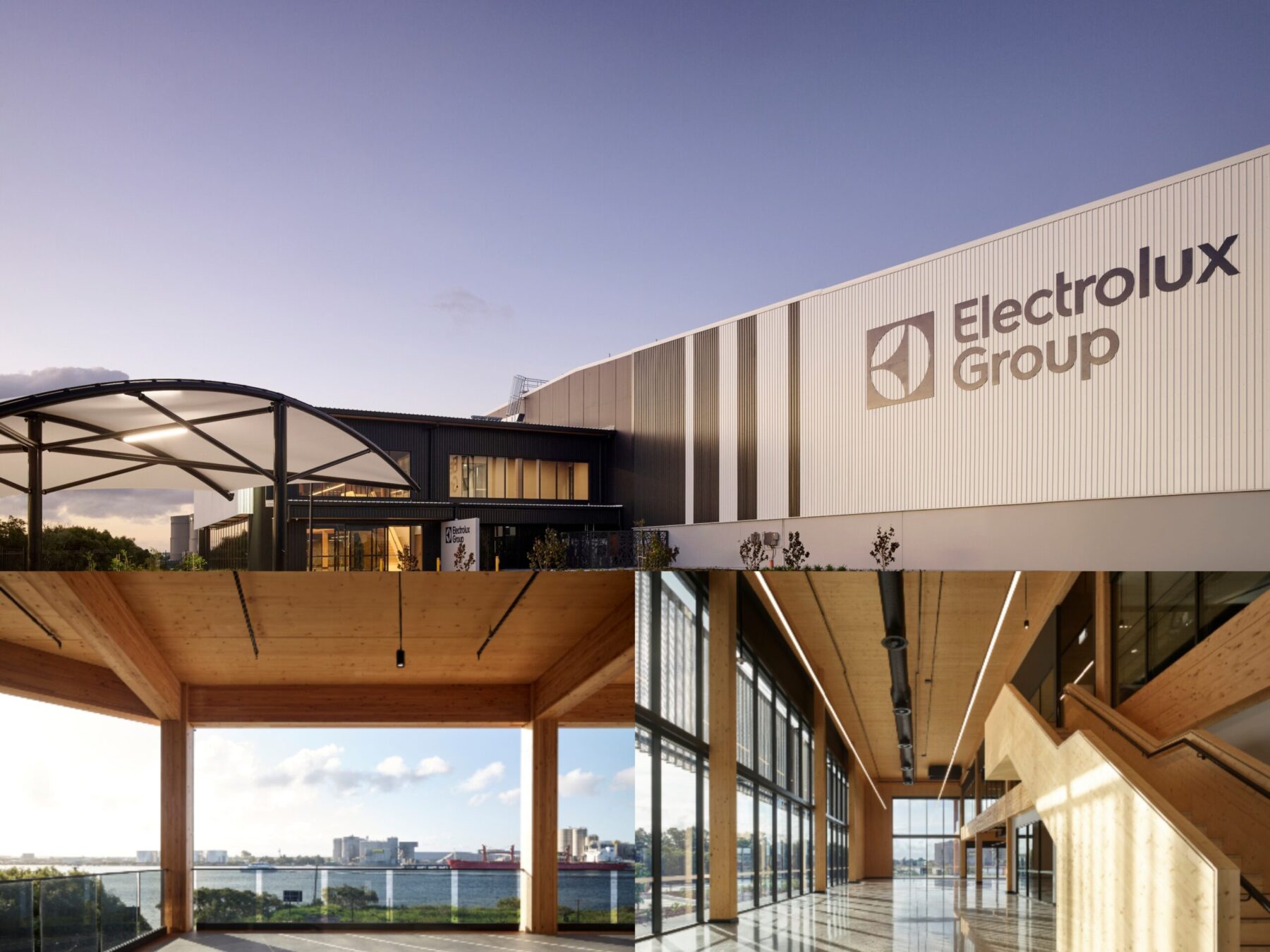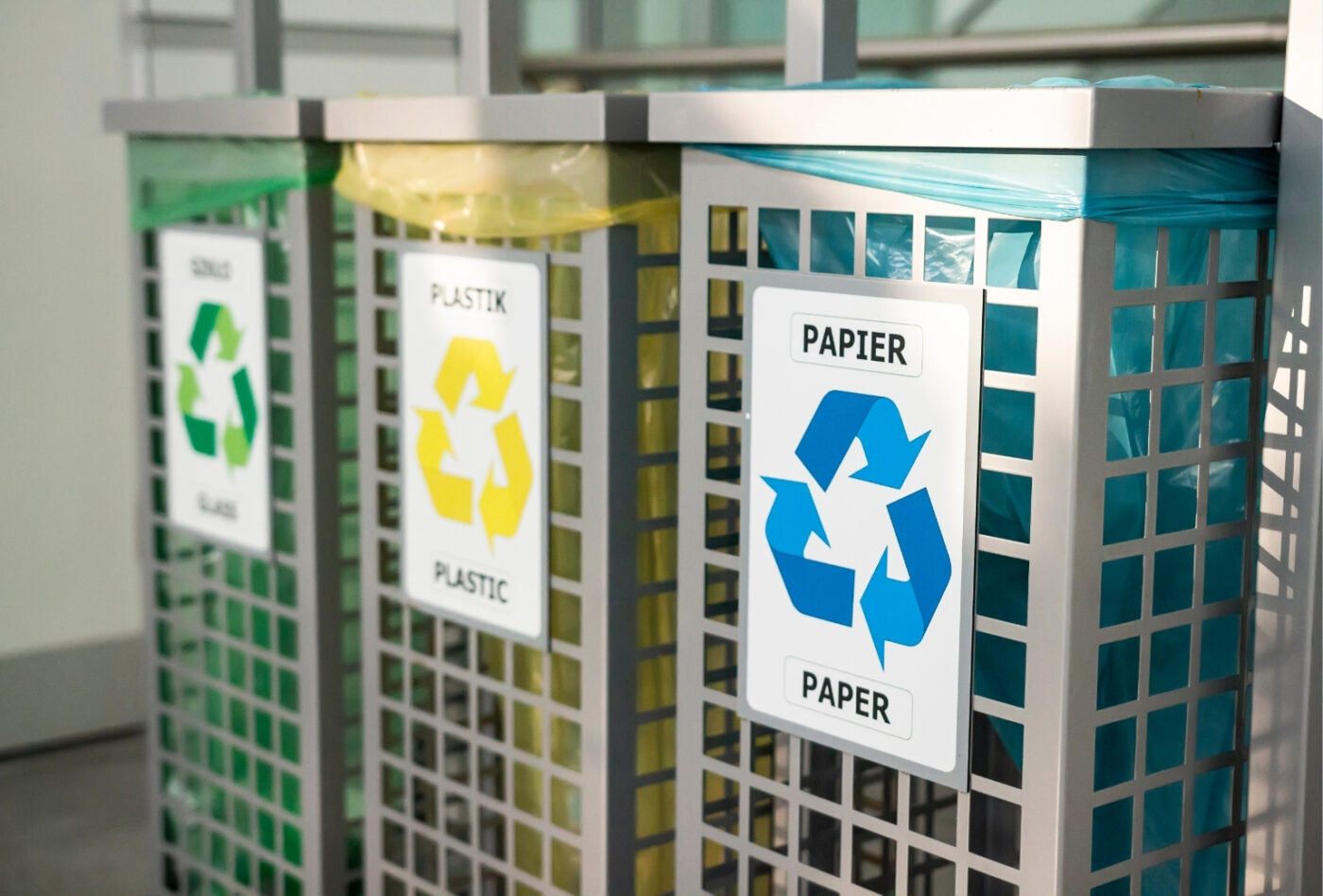
Buildings hold the key to reducing carbon emissions, but we must act fast before the decade of decarbonisation slips away from us warns the Green Building Council of Australia CEO, Davina Rooney.
In launching Australia’s first guide to electrification of existing commercial buildings today Ms Rooney said electrification of our buildings is the low hanging fruit of decarbonisation.
“While many of our industries will take time to decarbonise, the technology for buildings already exists. We can electrify them now, power them with renewables and put Australia on the path to decarbonisation,” Ms Rooney said.
“The stark reality is that gas is responsible for almost 30% of building energy consumption in Australia – so eliminating gas from our buildings would make a material difference in a short space of time,” said Ms Rooney.
Most buildings standing today will still be operational in 2050, so removing their dependency on gas and electrifying them will ensure they are future-proofed for a decarbonised world.
“Business tenants are increasingly demanding this, as they seek cleaner, greener and more resilient buildings to base their businesses.”
Ms Rooney points out that the new building sector has taken great strides in electrification, with new constructions like the Atlassian tower and the Powerhouse Museum in Sydney committing to be all-electric.
“It’s been exciting to see projects that have traditionally been reliant on gas, make the switch to renewable energy.
“Melbourne’s Brimbank Aquatic Centre opens its doors this month, showcasing how an entire aquatic centre including an Olympic sized pool, can be powered using renewable energy.”
“Hospitals have also traditionally been reliant on gas, but we now have three hospitals across Australia committing to be fully electric, including the new Women’s and Children’s hospital in Adelaide.” Ms Rooney said.
Leading restaurants are also finding that all-electric kitchens are healthier, safer, and more efficient than gas. To keep pace with the change, the Canberra Institute of Technology’s Woden campus will train chefs to use all electric equipment.
Ms Rooney said while it’s been promising to see state governments making explicit policy commitments to install zero carbon energy in buildings, a nationally consistent approach is needed.
“To ensure an orderly, cost-effective transition to renewable electricity, the National Construction Code update in 2025 must drive the electrification of buildings.”
“The ACT has made great strides with the Powering Canberra plan for the city to be almost entirely powered by renewable electricity by 2045, and in NSW recent updates to the Sustainable Building State Environmental Planning Policies show a clear pathway for the transition to renewables.”
Electricity networks are decarbonising more rapidly than the most optimistic projections, with 69% of the electricity market projected to be renewables by 2030.
Cundall Director, David Collins said that asset owners are already looking for guidance to plan their transition and plan for the capital expense and logistics of switching to all-electric.
“The business case is boosted by the opportunity to simultaneously upgrade existing building performance during works, delivering long term wins for occupants, owners and the power to align operations and management with carbon neutral ambitions,” Mr Collins said.
Developed in partnership with Cundall and supported by the Clean Energy Finance Corporation and NSW Government, A Practical Guide to Electrification for Existing Buildings, details the most effective ways to electrify buildings, using a range of technologies. It is available at www.gbca.org.au



